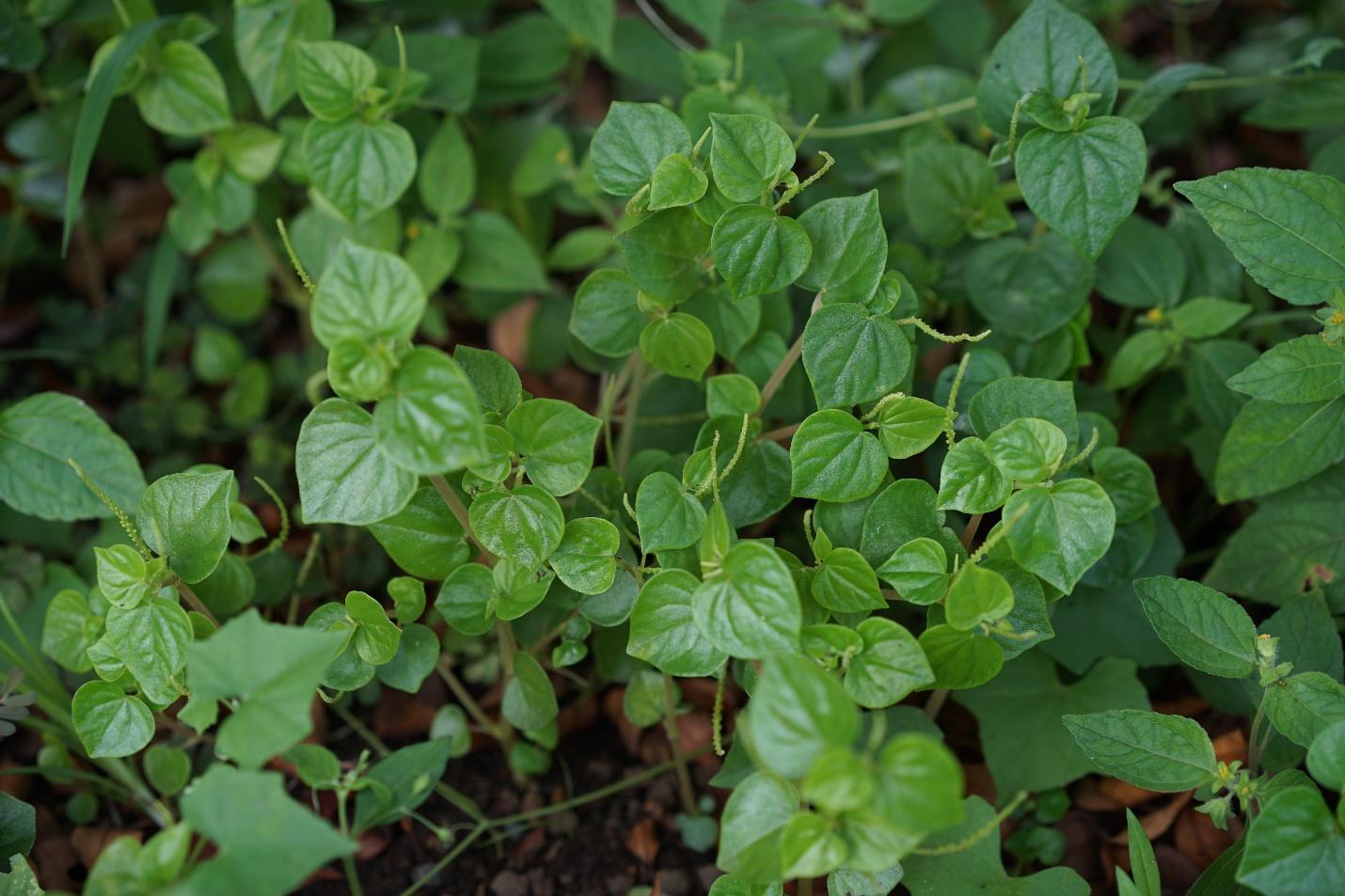After a successful debut in 2024, the International Dance Day Fest returns this year with the theme "Dance For All" and a bigger line-up of artists, over 1,200 performers.
Kristofer Purnell - Philstar.com
March 29, 2025 | 9:00am
MANILA, Philippines — The Samsung Performing Arts Theater (S-PAT) will once again host performances spanning different genres in celebration of International Dance Day this April.
After a successful debut in 2024, the International Dance Day Fest returns this year with the theme "Dance For All" and a bigger line-up of artists, over 1,200 performers.
International Dance Day was conceptualized by the Dance Committee of the International Theatre Institute back in 1982 and is now celebrated annually every April 29 as a tribute to the "father of modern ballet" Jean-Georges Noverre.
This year's celebration in the Philippines will kick off with an opening gala on April 23 featuring a special performance of "Autobiography (v 105)" by the United Kingdom's Company Wayne McGregor.
Chris Mohnani, S-PAT's Managing Director, shared in a media conference that the inaugural edition was supposed to have an opening gala but it wasn't put together on time.
But now with the assistance of the British Council, plans can now push through and funds from the opening gala will be for the benefit of the Artists Welfare Project, an initiative offering healthcare to a number of dancers.
"International Dance Day isn't just a celebration of inclusivity, it's a reminder that dance is for everyone," Mohnani added.
Company Wayne McGregor will also conduct a special workshop and masterclass on the festival's second day, April 24, which will be highlighted by the Folk and Traditional Dance Gala at S-PAT.
Participating groups for Day 2 include Bayanihan, The National Folk Dance Company, the Ramon Obusan Folkloric Group, and the UST Salinggawi Dance Troupe.
Day 3 (April 25) will be dedicated to the Street Dance Gala, last year's most exciting portion, with performances by tropy-winning groups UPeepz, A-Team, Power Impact Dancers, and many more.
The following day, April 26, is a Ballet Gala featuring leading companies Ballet Philippines, Ballet Manila, and the Philippine Ballet Theater, plus the participation of the American Ballet Theatre and Hong Kong Ballet, among others.
Wrapping up the celebrations on April 27 is the Contemporary Gala which will this year focus on artists from outside Metro Manila.
Also the point of special focus on the closing day is paradance led by the decorated Philippine Para Dancesport Team.
Outside of the performances, multidisciplinary movement group Fifth Wall Fest will showcase site-specific works, while a dance market and bazaar will open throughout the festival.









